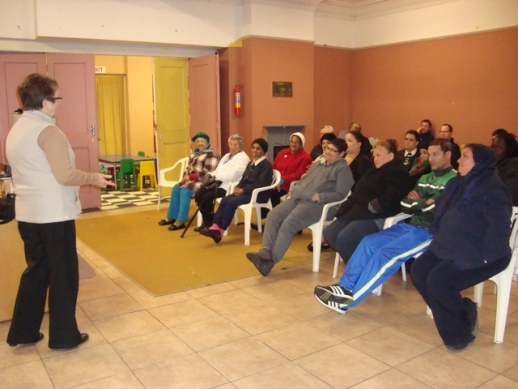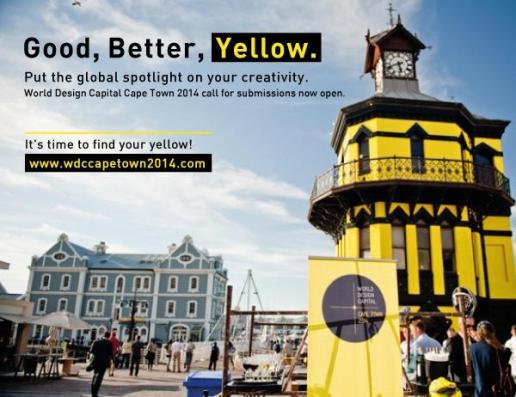Last night’s screening (Thurs 18 July) at The Marian Institute of the KNOW YOUR DA DVD was a great success, over 20 members got together despite the rain and cold to watch and discuss the DVD; meander down memory lane; and mingle and chat to each other as we build toward the 2014 Elections.
The story of the Democratic Alliance, is a 12 minute video, which has put the the ANC into a tizz because it tells the story of the struggle against apartheid as being one which was fought on many fronts, and one in which many people played their part. And while all the history books reflect the roles of the liberation movements in the struggle for freedom, there is another part of this story that remains largely untold. It is a story that some have tried to change, or even erase entirely from history. It is the story of the Democratic Alliance.
The “Know Your DA” campaign was launched over two months ago. 800,000 pamphlets have been distributed, and nearly 300,000 South Africans have seen the DVD in their homes. It will also be available in nine languages.
Helen Zille said in a press release that:
“For too long we have allowed our political opponents to define us. To counter this deception we must reclaim our history. We must ensure that we never lose sight of the golden thread that connects our past, present and future: the fight against apartheid and its legacy of poverty, unemployment and inequality.”



